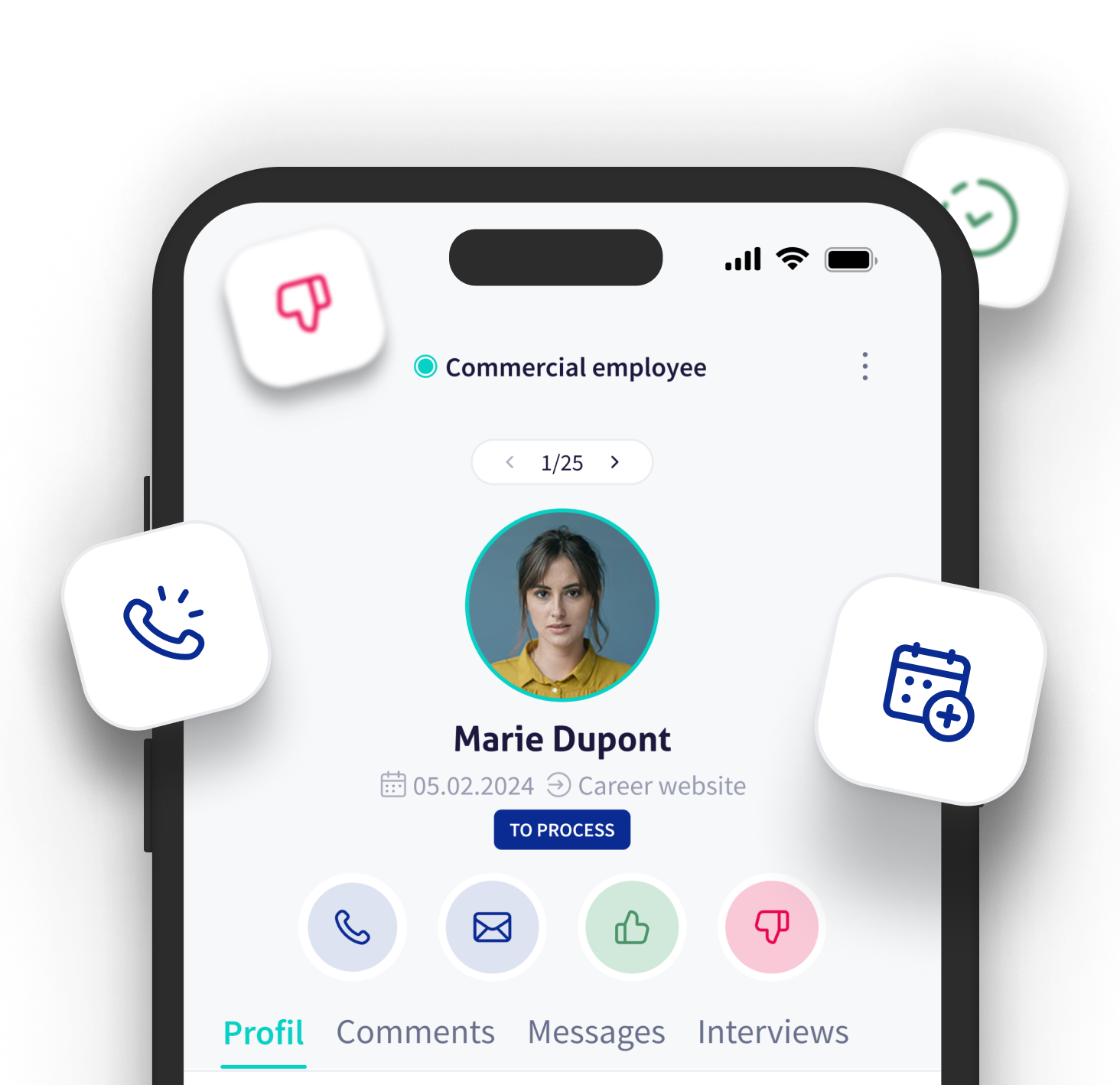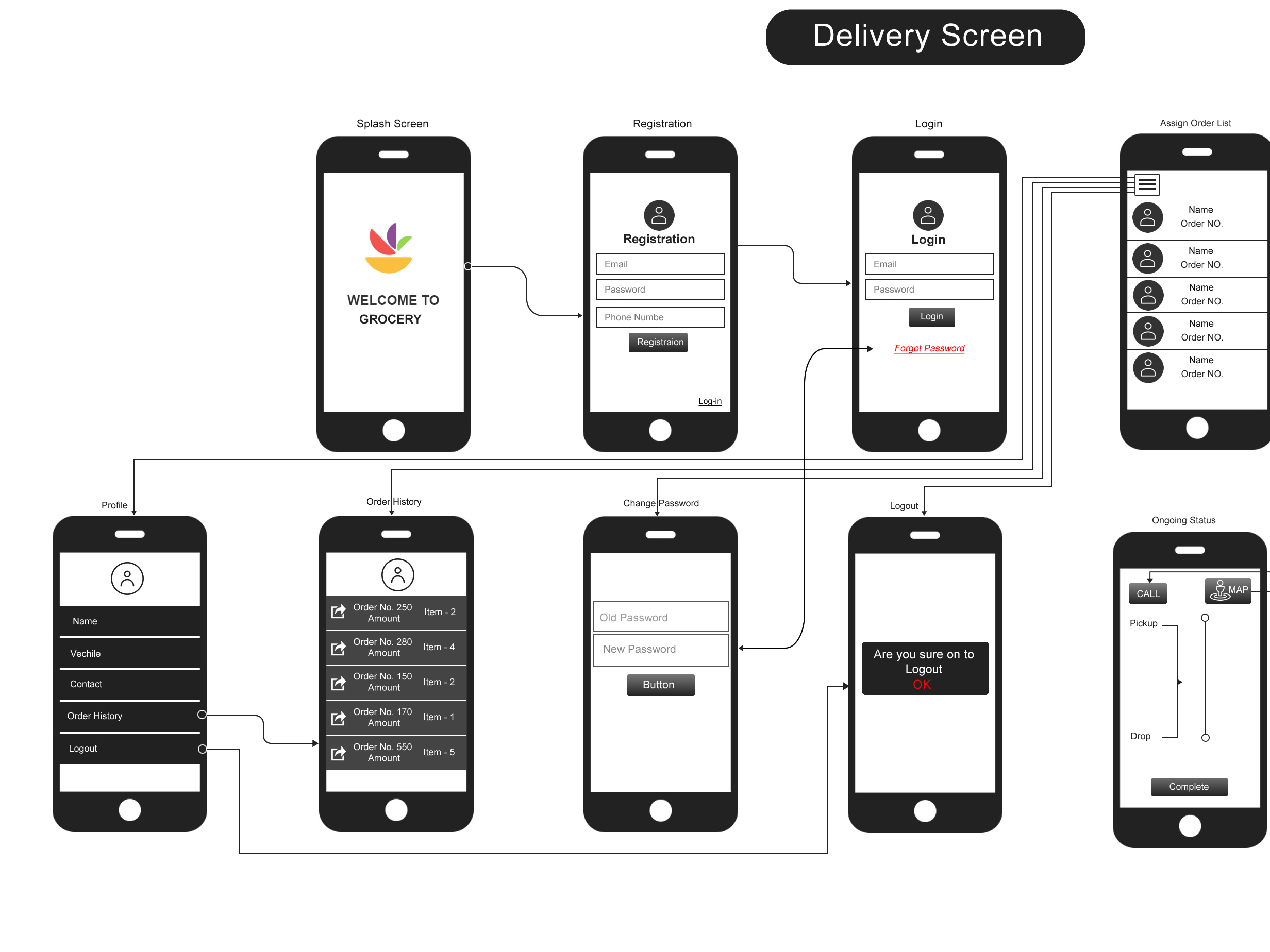Managing remote IoT apps has become an integral part of modern technology-driven operations. As businesses increasingly rely on IoT devices to enhance efficiency and productivity, the ability to manage these applications remotely is crucial. Remote IoT management allows organizations to monitor, control, and maintain their connected devices from anywhere in the world, providing unparalleled flexibility and scalability.
The rise of IoT technology has revolutionized industries ranging from healthcare to manufacturing. However, with this rapid growth comes the challenge of effectively managing a vast network of devices. Remote management solutions offer a practical and efficient way to address these challenges, ensuring seamless operation and minimizing downtime. In this article, we will delve into the intricacies of managing remote IoT apps, exploring best practices, tools, and strategies to optimize performance.
Whether you are a tech enthusiast, a business owner, or a professional looking to enhance your knowledge of IoT management, this guide will equip you with the necessary insights to succeed in the ever-evolving world of remote IoT app management. Let's dive in and explore the possibilities that this technology offers.
Table of Contents
- Introduction to Remote IoT Management
- Key Benefits of Managing Remote IoT Apps
- Essential Tools for Remote IoT App Management
- Strategies for Securing Remote IoT Apps
- Best Practices for Remote IoT Management
- Common Challenges in Managing Remote IoT Apps
- How to Implement Remote IoT Management Solutions
- Case Studies of Successful Remote IoT Management
- Future Trends in Remote IoT App Management
- Conclusion and Next Steps
Introduction to Remote IoT Management
Remote IoT management refers to the process of monitoring, controlling, and maintaining IoT devices and applications from a distance. This approach leverages advanced software and cloud-based platforms to ensure that IoT systems function optimally, regardless of their physical location. The ability to manage IoT apps remotely has become essential for organizations seeking to streamline operations and reduce costs.
Why Remote IoT Management Matters
With the increasing number of connected devices, managing them manually becomes impractical. Remote IoT management addresses this issue by providing centralized control over all devices, enabling real-time updates, troubleshooting, and data collection. This not only enhances operational efficiency but also improves decision-making through actionable insights derived from IoT data.
According to a report by Statista, the global IoT market is projected to reach $1.1 trillion by 2026. This growth underscores the importance of effective remote IoT management practices to harness the full potential of IoT technology.
Key Benefits of Managing Remote IoT Apps
Managing remote IoT apps offers numerous advantages that contribute to the success of IoT deployments. Below are some of the key benefits:
- Increased Efficiency: Automating routine tasks and enabling remote control allows businesses to operate more efficiently.
- Cost Savings: Reducing the need for on-site maintenance and minimizing downtime leads to significant cost reductions.
- Scalability: Remote management solutions can easily scale to accommodate growing numbers of IoT devices.
- Enhanced Security: Centralized control and monitoring help mitigate security risks associated with IoT devices.
How Remote Management Boosts Productivity
By enabling real-time monitoring and control, remote IoT management empowers businesses to respond quickly to issues, ensuring uninterrupted service. This proactive approach not only boosts productivity but also enhances customer satisfaction by delivering reliable and consistent performance.
Essential Tools for Remote IoT App Management
To effectively manage remote IoT apps, organizations need the right tools and platforms. Here are some of the most popular options:
- AWS IoT Core: A cloud-based platform that provides secure and reliable communication between IoT devices and the cloud.
- Microsoft Azure IoT Hub: Offers robust features for device management, monitoring, and analytics.
- Google Cloud IoT Core: Provides scalable and secure solutions for managing IoT devices.
Choosing the Right Tool for Your Needs
When selecting a tool for remote IoT app management, consider factors such as scalability, security, ease of use, and integration capabilities. Each platform has its strengths, so it's important to choose one that aligns with your specific requirements and budget.
Strategies for Securing Remote IoT Apps
Security is a critical concern when managing remote IoT apps. Here are some strategies to ensure the safety and integrity of your IoT systems:
- Implement Strong Authentication: Use multi-factor authentication to protect access to IoT devices and applications.
- Encrypt Data Transmission: Secure data in transit using encryption protocols such as TLS.
- Regularly Update Firmware: Keep devices up-to-date with the latest security patches and firmware updates.
Common Security Threats in Remote IoT Management
IoT devices are vulnerable to various security threats, including hacking, data breaches, and unauthorized access. By implementing comprehensive security measures, organizations can mitigate these risks and protect their valuable assets.
Best Practices for Remote IoT Management
Adopting best practices is essential for successful remote IoT app management. Here are some recommendations:
- Centralize Device Management: Use a centralized platform to manage all IoT devices and applications.
- Monitor Performance Metrics: Track key performance indicators to identify potential issues before they escalate.
- Document Procedures: Maintain detailed documentation of management processes and troubleshooting steps.
How Automation Enhances Remote IoT Management
Automation plays a vital role in streamlining remote IoT management tasks. By automating routine operations, organizations can focus on more strategic initiatives, leading to improved overall performance.
Common Challenges in Managing Remote IoT Apps
Despite its advantages, managing remote IoT apps presents several challenges. These include:
- Interoperability Issues: Ensuring compatibility between different IoT devices and platforms.
- Network Connectivity Problems: Maintaining reliable connectivity for remote devices.
- Data Management Complexity: Handling the vast amount of data generated by IoT devices.
Solutions to Overcome These Challenges
By adopting standardized protocols, investing in robust network infrastructure, and leveraging advanced data analytics tools, organizations can overcome these challenges and achieve successful remote IoT management.
How to Implement Remote IoT Management Solutions
Implementing remote IoT management solutions requires careful planning and execution. Follow these steps to ensure a smooth deployment:
- Define Objectives: Clearly outline the goals and expectations for your IoT management system.
- Select the Right Platform: Choose a platform that meets your specific needs and budget.
- Train Staff: Provide training to ensure your team is proficient in using the new system.
Key Considerations for Deployment
Consider factors such as scalability, security, and integration capabilities when implementing remote IoT management solutions. These factors will influence the success of your deployment and the overall effectiveness of your IoT system.
Case Studies of Successful Remote IoT Management
Several organizations have achieved remarkable success through remote IoT management. For example, a leading healthcare provider implemented a remote monitoring system for medical devices, resulting in improved patient outcomes and reduced costs. Similarly, a manufacturing company enhanced its production processes by leveraging remote IoT management tools, achieving significant efficiency gains.
Lessons Learned from These Success Stories
These case studies highlight the importance of strategic planning, technology adoption, and continuous improvement in achieving successful remote IoT management. By learning from these experiences, organizations can enhance their own IoT deployments.
Future Trends in Remote IoT App Management
The future of remote IoT app management looks promising, with emerging technologies such as artificial intelligence, machine learning, and edge computing playing a pivotal role. These advancements will further enhance the capabilities of remote management solutions, enabling even greater efficiency and scalability.
Preparing for the Future of IoT Management
To stay ahead in the rapidly evolving IoT landscape, organizations must continuously innovate and adapt to new trends and technologies. This proactive approach will ensure long-term success in managing remote IoT apps.
Conclusion and Next Steps
In conclusion, managing remote IoT apps is a critical component of modern technology-driven operations. By leveraging the right tools, strategies, and best practices, organizations can achieve seamless and efficient IoT management. We encourage readers to explore the resources mentioned in this article and consider implementing remote IoT management solutions in their own operations.
Feel free to leave your thoughts and questions in the comments section below. Additionally, don't forget to share this article with others who may benefit from its insights. For more information on IoT management and related topics, check out our other articles on the website.


